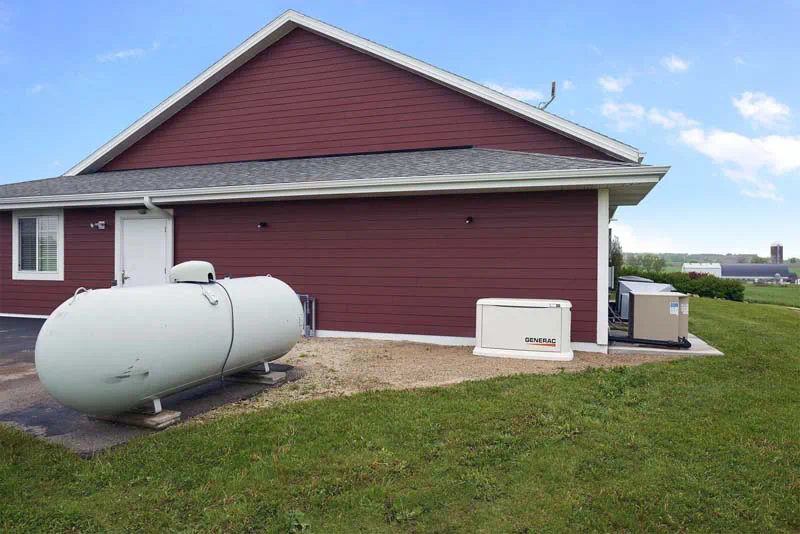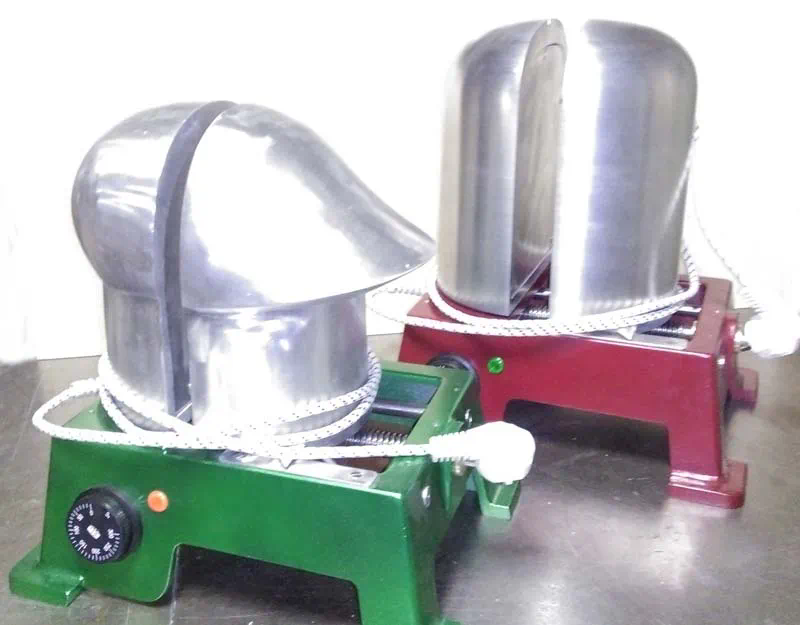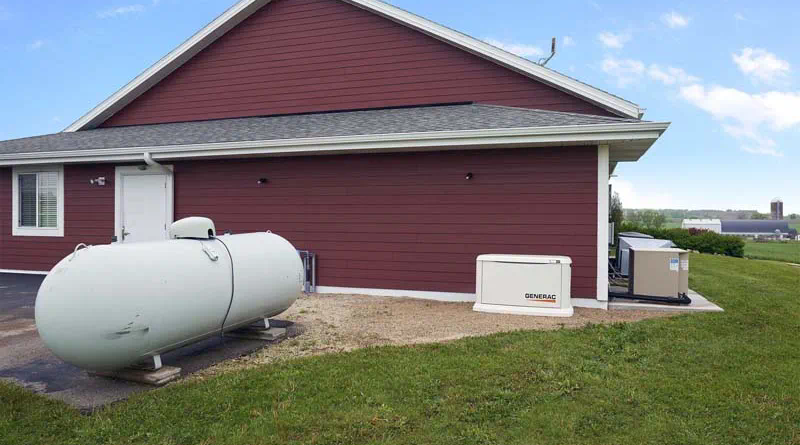Difference and connection between glass lined reactor and single-layer glass reactor
Glass-lined reactors and single-layer glass reactors are two distinct types of vessels widely used in chemical and pharmaceutical industries for various processes. Each type has its own unique features, advantages, and applications, making them suitable for different operational requirements and scenarios.

Glass-Lined Reactor
A glass-lined reactor, often referred to as a glass-lined vessel, is a versatile type of reactor that combines the properties of glass with those of metal. These reactors are typically constructed with a steel shell lined with high-quality glass, which provides the best of both materials: the strength and flexibility of steel with the inertness and corrosion resistance of glass.
Structure and Design
Glass-lined reactors consist of a steel shell with a high-quality glass lining that covers the internal surface of the vessel. The glass lining is usually applied through a complex process that involves fusing powdered glass to the steel substrate under high temperatures, resulting in a strong and durable bond. This lining protects the steel shell from corrosion by the contents inside the reactor and allows for the handling of highly corrosive materials.
Applications
Glass-lined reactors are suitable for a wide range of chemical processes where corrosion resistance is crucial. They are commonly used for reactions involving acids, alkalis, pharmaceuticals, and other corrosive substances. The inert glass surface ensures purity and prevents contamination of the reaction products, making these reactors ideal for pharmaceutical and fine chemical industries.
Advantages
One of the primary advantages of glass-lined reactors is their robustness and durability combined glass lined reactor mechanical seal with excellent corrosion resistance. They can withstand high temperatures and pressures, making them suitable for both batch and continuous processes. The smooth glass surface facilitates easy cleaning and maintenance, crucial for industries where product purity is paramount.
Single-Layer Glass Reactor
In contrast to glass-lined reactors, single-layer glass reactors are simpler vessels typically used for laboratory experiments, small-scale production, and pilot plant applications. These reactors are constructed entirely of glass, including the shell and the internal components.
Structure and glass lined reactor applications Design
Single-layer glass reactors consist of a glass vessel with an integrated heating and stirring system. The vessel itself is made of high borosilicate glass, known for its excellent thermal and chemical resistance. It is typically surrounded by a heating mantle or jacket to facilitate precise control over the reaction temperature.
Applications
Single-layer glass reactors are commonly used in research laboratories and small-scale production facilities for chemical synthesis, crystallization, and mixing operations. They are versatile tools suitable for a wide range of experiments and processes where visibility and ease of operation are advantageous.
Advantages
The primary advantage of single-layer glass reactors lies in their transparency and ease of operation. Operators can observe the reaction process directly, which is essential for monitoring and optimizing experimental conditions. These reactors are also easy to clean and maintain, making them suitable for frequent use in research and development settings.
Key Differences and Considerations

When choosing between a glass-lined reactor and a single-layer glass reactor, several factors should be considered:
– Scale and Capacity: Glass-lined reactors are typically used for larger-scale production due to their robustness and capacity to handle higher volumes and pressures. Single-layer glass reactors, on the other hand, are more suitable for smaller-scale operations and laboratory experiments.
– Corrosion Resistance: Glass-lined reactors offer superior corrosion resistance compared to single-layer glass reactors, making them suitable for processes involving highly corrosive substances.
– Visibility and Monitoring: Single-layer glass reactors provide excellent visibility of the reaction process, which is advantageous for research and development purposes. Glass-lined reactors, while offering some visibility through viewing ports, do not provide the same level of transparency.
In conclusion, both glass-lined reactors and single-layer glass reactors play crucial roles in chemical and pharmaceutical industries, each offering unique advantages depending on the specific application and operational requirements. Understanding their differences and capabilities helps in selecting the most appropriate reactor for a given process or experiment, ensuring efficient and effective operations.
https://tmsmicro.com/
